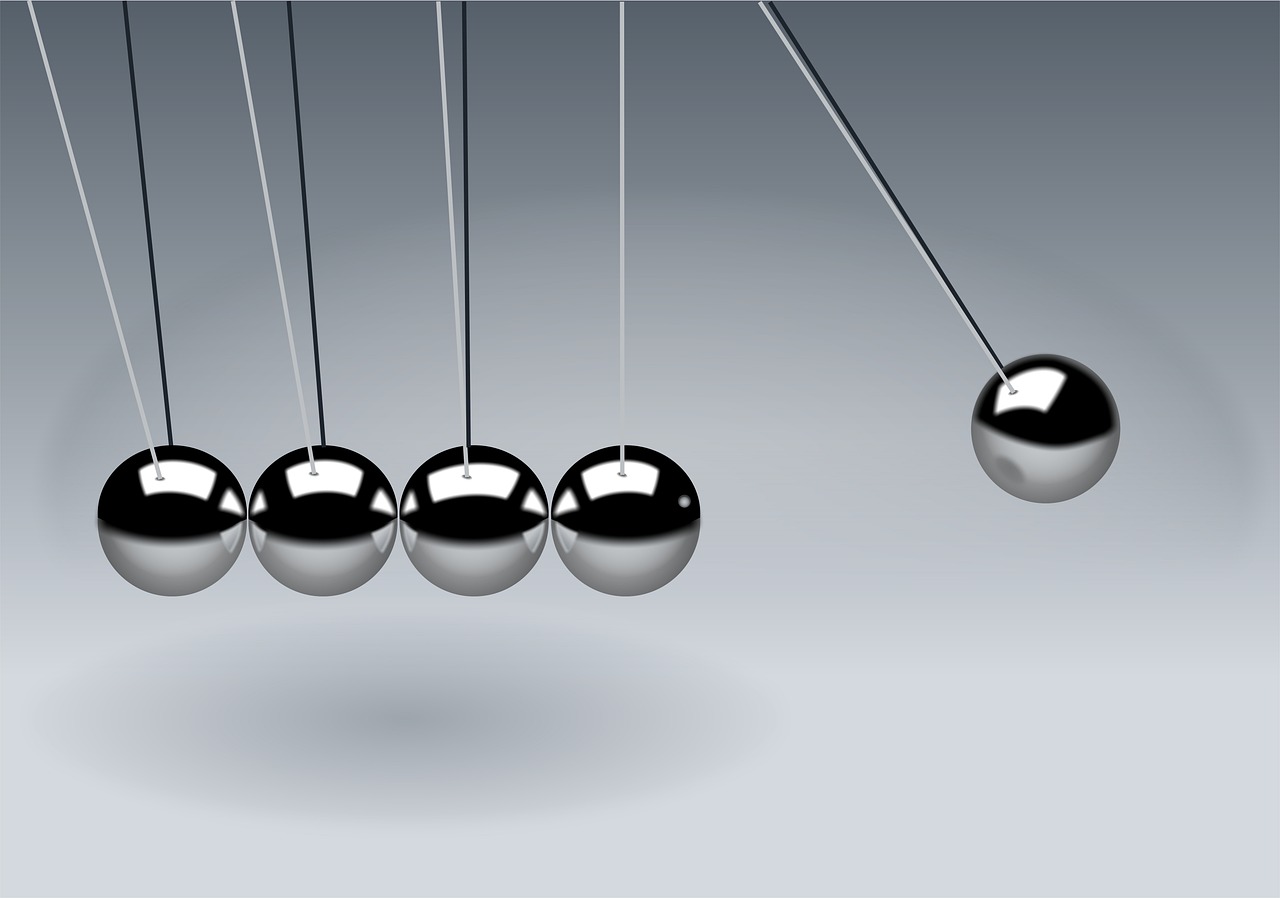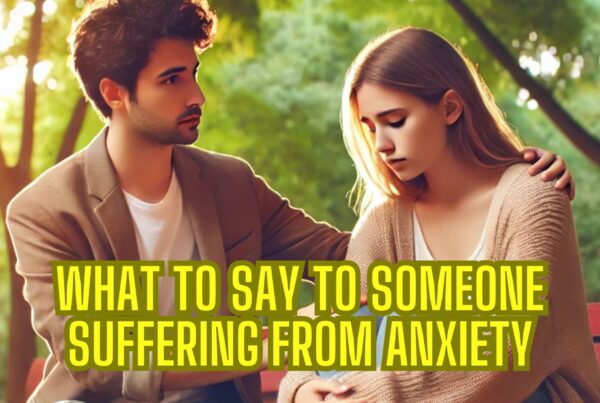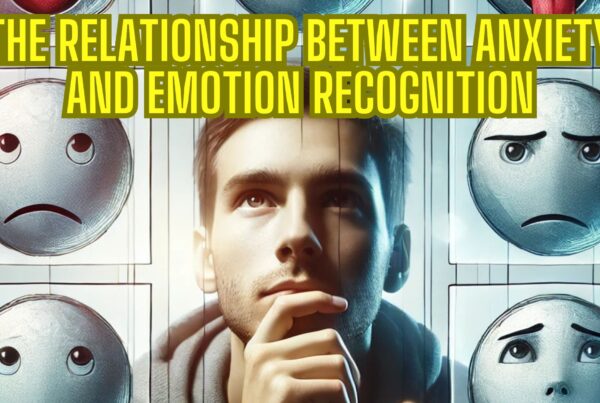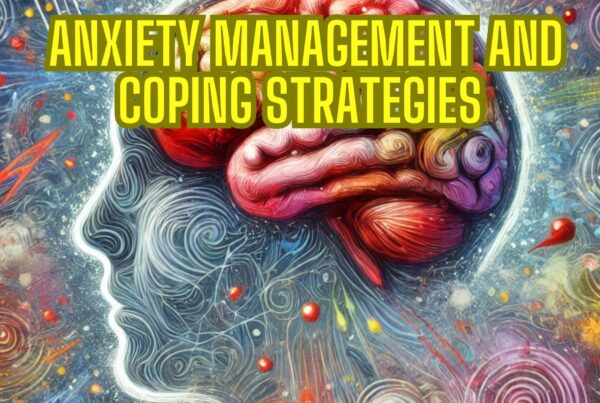Harnessing the Power of Bilateral Stimulation for Anxiety Management
Unraveling the Mystery of Bilateral Stimulation
Caught in the storm of anxiety, fears and worries can shroud your peace of mind. Such intensity often disrupts the rhythm of life, ensnaring you in cycles of discomfort and distress. Undeniably, the search for an effective anxiety relief strategy becomes a crucial endeavor. Discussed in this blog, bilateral stimulation for anxiety management emerges as a potential guiding light—a beacon illuminating a path through the tempestuous weather of anxiety.
Originating from the therapeutic technique known as Eye Movement Desensitization and Reprocessing (EMDR)—primarily utilized for trauma-related disorders—BLS is now earning recognition for its effectiveness in managing anxiety (Shapiro, 2018). In essence, BLS engages the right and left sides of the body or brain with alternating stimulation, aiding in the processing of distressing memories or thoughts. With this technique, physiological arousal associated with anxiety may decrease, fostering a state of relaxation and wellbeing (Pagani et al., 2012).
Bilateral Stimulation: A Pioneering Pathway in the Forest of Anxiety
Envisioning your brain as a dense forest allows for a clearer understanding of BLS. Here, information or thoughts act as travelers attempting to traverse this vast landscape. For those experiencing anxiety, distressing thoughts often become ‘stuck’ on their path, unable to find a resolution. Such blockages can induce feelings of being overwhelmed, stuck, or anxious. Acting as an expert guide, BLS helps these stuck travelers navigate their way through the forest, fostering smoother and quicker processing of distressing thoughts and memories (Jeffries & Davis, 2013).
Powerful Tool for Anxiety: BLS
BLS adopts various forms—it can be as straightforward as alternately tapping your feet or complex as following a light with your eyes as it moves from side to side. Regardless of the method, the aim remains consistent—to engage both hemispheres of the brain, promoting better communication and information processing (Solomon & Shapiro, 2008).
Evidence for the physiological impact of BLS comes from a study by Pagani et al. (2012). In their research, participants exposed to BLS underwent monitoring of their brain activity. Results revealed a significant decrease in physiological arousal, which is often heightened in individuals with anxiety.
Incorporating Bilateral Stimulation into Your Anxiety Management Routine
Discovering BLS is akin to unveiling a new path in the forest of anxiety management. Its integration into your routine could revolutionize your approach to managing anxiety. The “Butterfly Hug”, a simple practice, can be performed anytime, anywhere. Crossing your arms over your chest, place your hands on your shoulders and alternately tap each shoulder. This technique, often utilized in EMDR, provides bilateral sensory input and helps individuals self-soothe during moments of distress (Artigas, 2018).
Additionally, engaging in rhythmic activities such as walking, running, or swimming can incorporate BLS into your routine. The alternating movements between the left and right sides of your body can serve as a grounding and centering tool (Seidler & Wagner, 2006).
The Emerging Significance of Bilateral Stimulation
In an era marked by a surge in anxiety disorders, innovative and effective strategies like BLS are akin to a beacon of hope. Integrating these practices into daily routines and therapeutic interventions is illuminating the path towards a calmer, more manageable life. With BLS as a tool, the dense forest of anxiety becomes less daunting and easier to navigate.
References for ‘Harnessing the Power of Bilateral Stimulation for Anxiety Management’
- – Artigas, L. (2018). The Butterfly Hug. EMDR Institute, Inc.
- – Jeffries, F. W., & Davis, P. (2013). What is the role of eye movements in eye movement desensitization and reprocessing (EMDR) for post-traumatic stress disorder (PTSD)? A review. Behavioural and cognitive psychotherapy, 41(3), 290-300.
- – Pagani, M., Amann, B. L., Landin-Romero, R., & Carletto, S. (2017). Eye Movement Desensitization and Reprocessing and Slow Wave Sleep: A Putative Mechanism of Action. Frontiers in psychology, 8, 1935.
- – Seidler, R. D., & Wagner, F. E. (2006). Bilateral motor control and the role of the corpus callosum. Trends in cognitive sciences, 10(2), 62-70.
- – Shapiro, F. (2018). Eye movement desensitization and reprocessing: Basic principles, protocols, and procedures. Guilford Publications.
- – Solomon, R. M., & Shapiro, F. (2008). EMDR and the adaptive information processing model: Potential mechanisms of change. Journal of EMDR Practice and Research, 2(4), 315-325.
Release Hypnosis Melbourne Hypnotherapy
Since 2015, Lawrence Akers has been working under the name Release Hypnosis offering Hypnotherapy and ACT based work to the people of Melbourne or an online service. Based on St Kilda Rd, Release Hypnosis is an easy and convenient location to get to and accessible by the ANZAC station train and tram stop. Release Hypnosis can help with a wide range of presenting issues, and I offer a free 30 minute no obligation discovery call for those who are unsure if hypnotherapy is the right way forward for them.
Book Your FREE 30 Minute Consultation With Release Hypnosis NOW!
You may also like to read:
Understanding Hypnosis as a Process
Can’t Visualise in Hypnosis? Here’s What You Can Do Instead.
Understanding Gaslighting: Unmasking Manipulation
What Is The Success Rate of Hypnosis?
Release Hypnosis Melbourne Hypnotherapy is accessible for people in: Abbotsford, Armadale, Albert Park, Balwyn, Bentleigh, Black Rock, Box Hill, Brighton, Brunswick, Bulleen, Bundoora, Camberwell, Canterbury, Carnegie, Caulfield, Chadstone, Cheltenham, Clayton, Coburg, Collingwood, Deer Park, Doncaster, Elsternwick, Eltham, Elwood, Epping, Essendon, Fairfield, Fitzroy, Footscray, Glen Iris, Glen Waverley, Glenhuntly, Greensborough, Hampton, Hawthorn, Heidelberg, Highet, Ivanhoe, Kew, Kooyong, Lalor, Laverton, Lower, Plenty, Macleod, Malvern, Middle Park, Moonee Ponds, Melbourne, Moorabbin, Mount Waverley, Murrumbeena, Northcote, Oakleigh, Ormond, Parkville, Pascoe Vale, Port Melbourne, Prahran, Preston, Richmond, Rosana, Sandringham, South Yarra, South Melbourne, Spotswood, St Albans, St Kilda, Surrey Hills, Templestowe, Thornbury, Toorak, Tullamarine, Williamstown, Yarraville, North Melbourne, Windsor, East Melbourne, Melbourne, Melbourne CBD, Melbourne 3004








